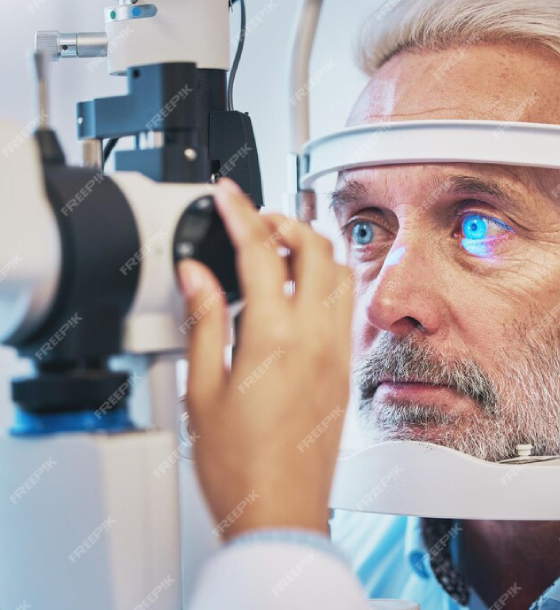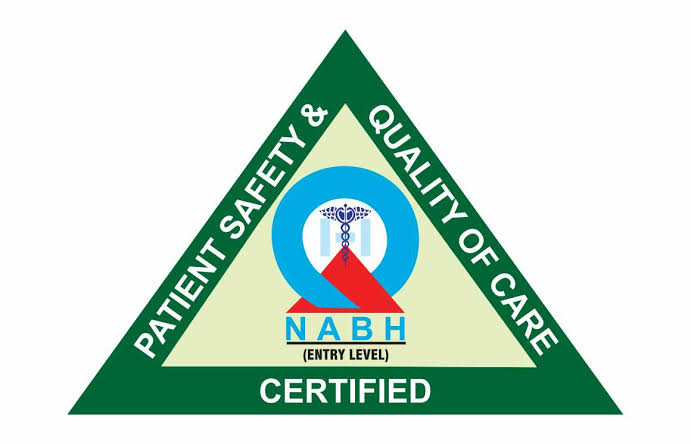Cornea & Anterior Segment

Cornea & Anterior Segment
The cornea is the transparent outermost layer of the eye, responsible for focusing incoming light onto the retina. Conditions affecting the cornea and anterior segment, such as keratoconus or corneal dystrophies, can significantly impact vision. Our experts specialize in diagnosing and treating corneal disorders, offering advanced interventions ranging from specialized contact lenses to corneal transplantation.
Here are the potential aspects that can damage the Cornea & Anterior Segment:
- Genetics: Some corneal dystrophies have their roots in genetics, highlighting the importance of understanding family history in diagnosing and treating these conditions.
- Eye Trauma: Whether from a sudden impact or chronic irritation, injuries to the cornea can leave lasting scars or distortions, affecting your vision.
- Infections: From pesky bacteria to stealthy viruses or fungi, infections can take root in the cornea, causing inflammation and potential vision loss if left untreated.
- Age-related Changes: As we journey through life, our eyes may change, with conditions like keratoconus debuting during adolescence or early adulthood, requiring specialized care and attention.

At our state-of-the-art facility, we don’t just stop at diagnosis—we’re equipped with cutting-edge technology and modular operation theatres to perform precise and safe surgical interventions. From the latest surgical instruments to advanced monitoring systems that keep a vigilant eye on your physiological parameters throughout procedures, we ensure every step of your journey towards a clearer vision is backed by meticulous care.
1. What are common conditions affecting the cornea and anterior segment of the eye?
Common conditions include corneal abrasions, infections (such as keratitis), dry eye syndrome, corneal dystrophies, and anterior segment disorders like anterior uveitis and angle-closure glaucoma.
2. How is dry eye syndrome diagnosed and treated?
Dry eye syndrome is diagnosed through a comprehensive eye examination, including evaluation of tear production and quality. Treatment options may include artificial tears, prescription eye drops, punctal plugs, and lifestyle modifications.
3. Can corneal abrasions heal on their own?
Minor corneal abrasions may heal on their own within a few days with proper care and lubrication. However, more significant abrasions may require medical intervention to prevent infection and promote healing.
4. What is corneal transplantation, and when is it necessary?
Corneal transplantation, or corneal grafting, is a surgical procedure to replace a damaged or diseased cornea with healthy donor tissue. It may be necessary for conditions such as corneal scarring, keratoconus, or corneal dystrophies.
5. How is keratoconus managed?
Keratoconus is managed through various methods, including rigid gas permeable contact lenses, corneal collagen cross-linking to strengthen the cornea, and in advanced cases, corneal transplantation.
6. What are the risk factors for developing corneal infections?
Risk factors include contact lens wear, trauma to the eye, compromised immune system, and certain environmental factors. Proper hygiene, lens care, and regular eye examinations can help reduce the risk of infection.
7. Can anterior segment disorders lead to vision loss?
Yes, anterior segment disorders such as corneal infections, uveitis, and glaucoma can lead to vision loss if left untreated or poorly managed. Early detection and treatment are essential for preserving vision and preventing complications.
8. Is corneal transplantation covered by insurance?
Coverage for corneal transplantation may vary depending on the specific circumstances and your insurance plan. Our team can assist you in verifying insurance coverage and understanding any associated costs.

